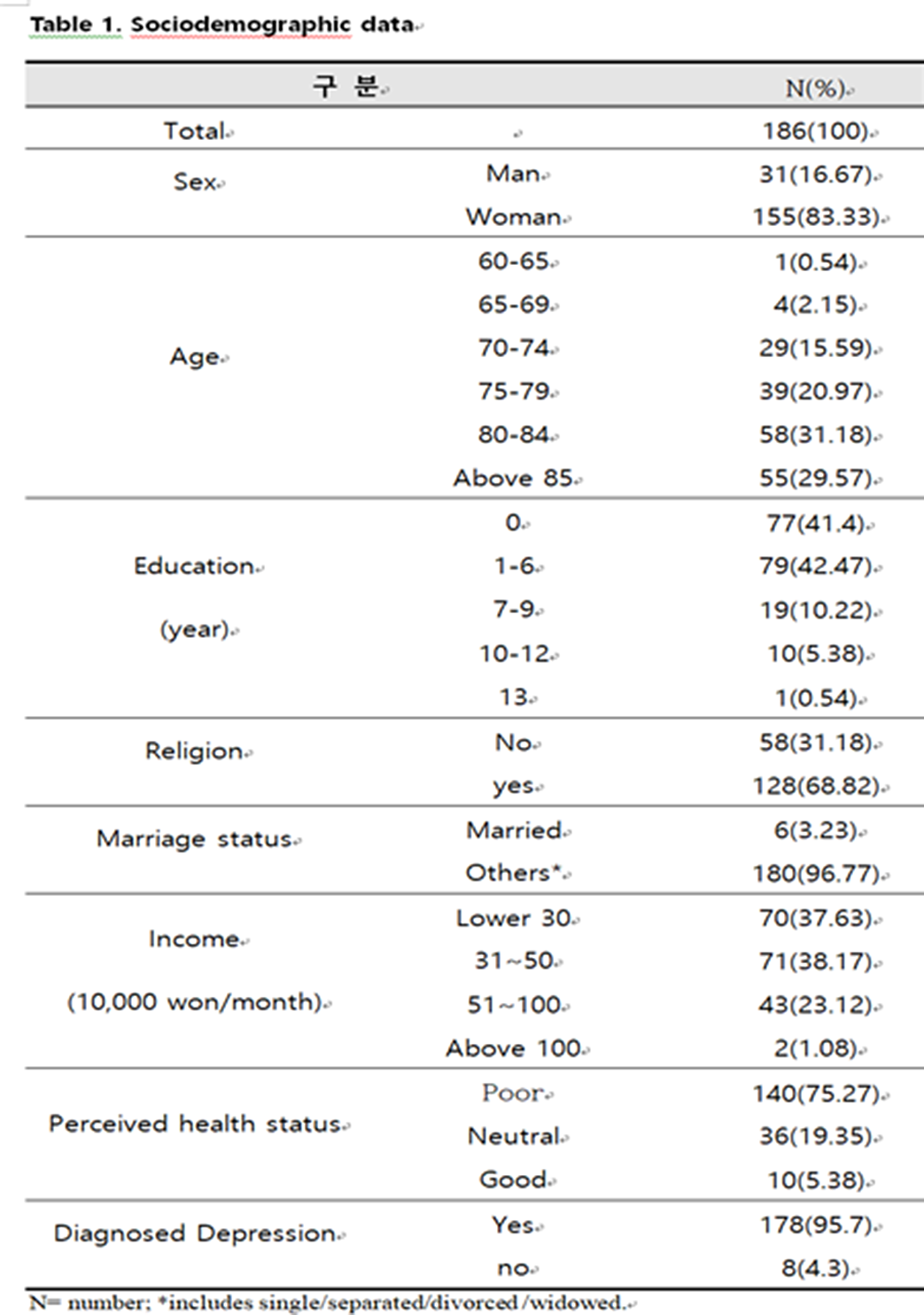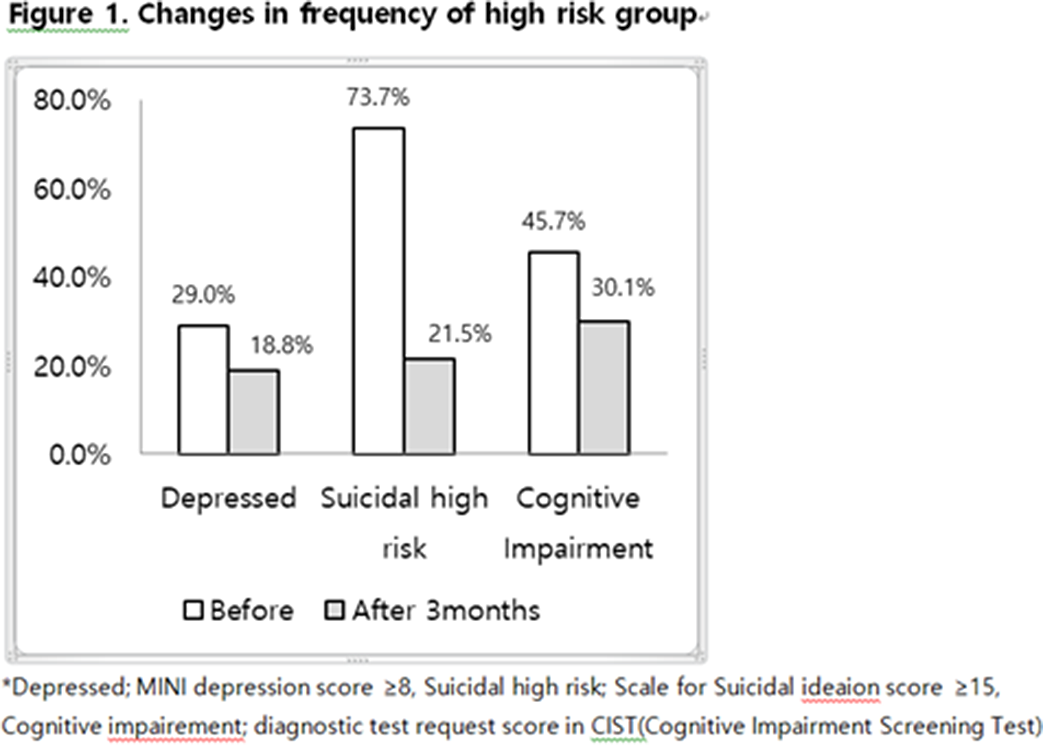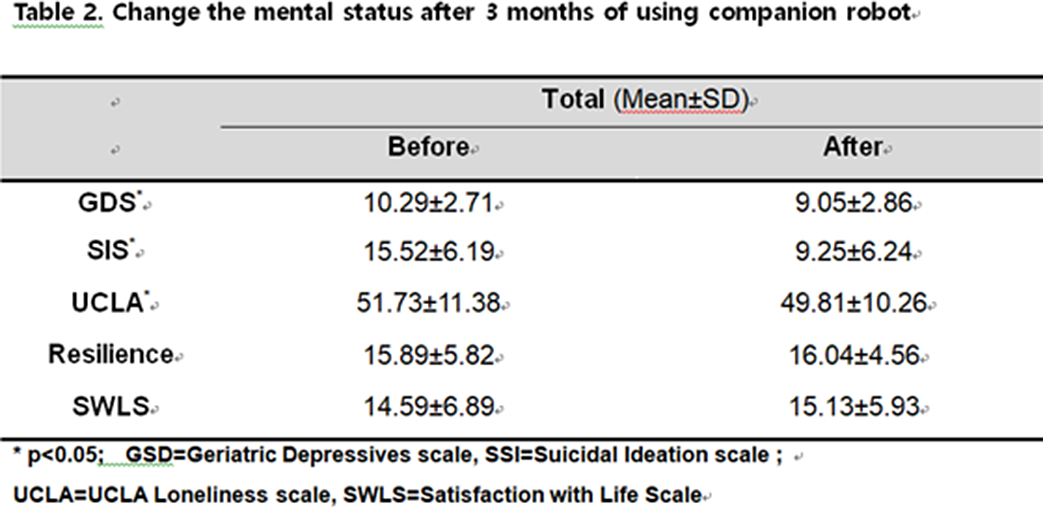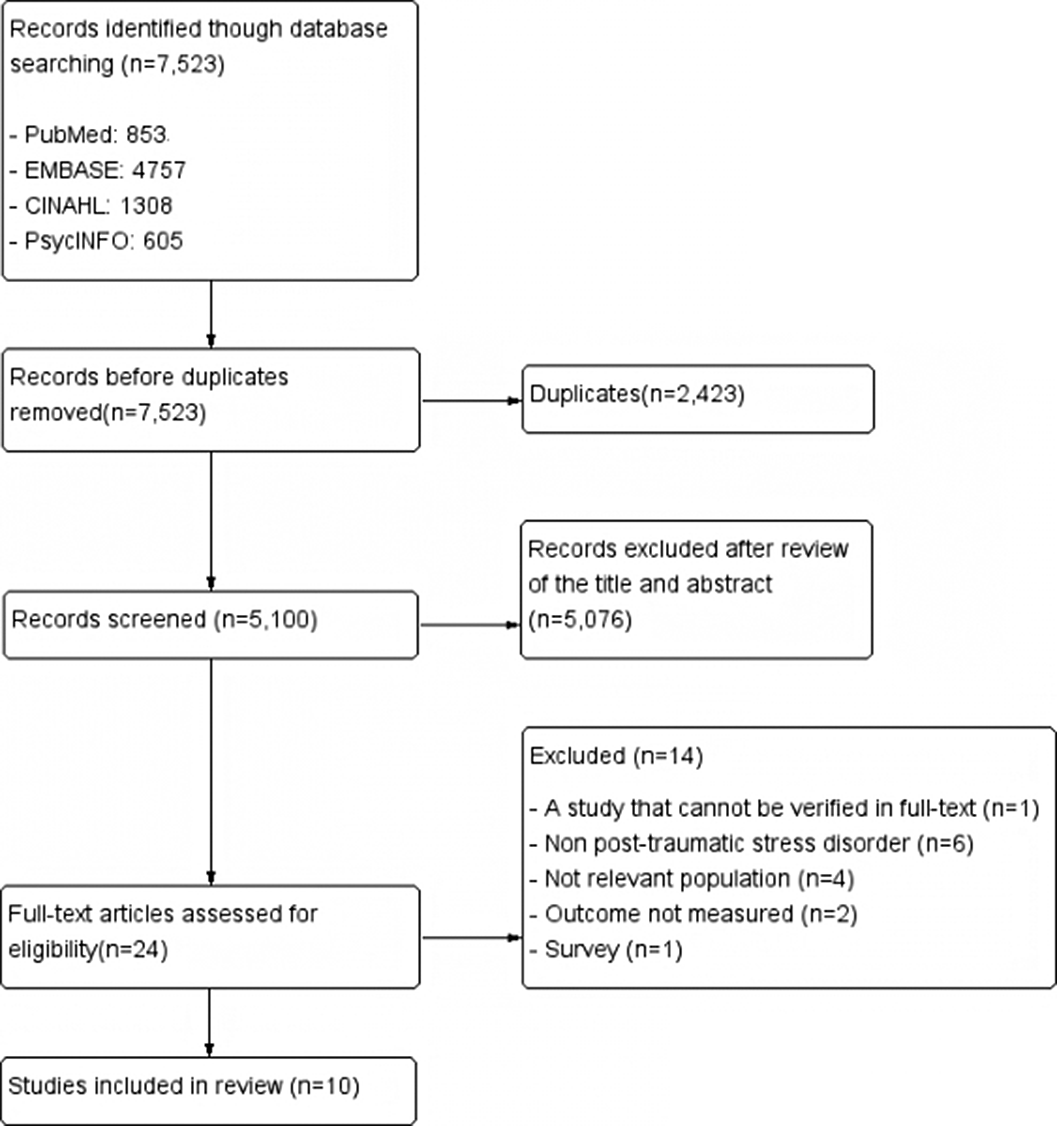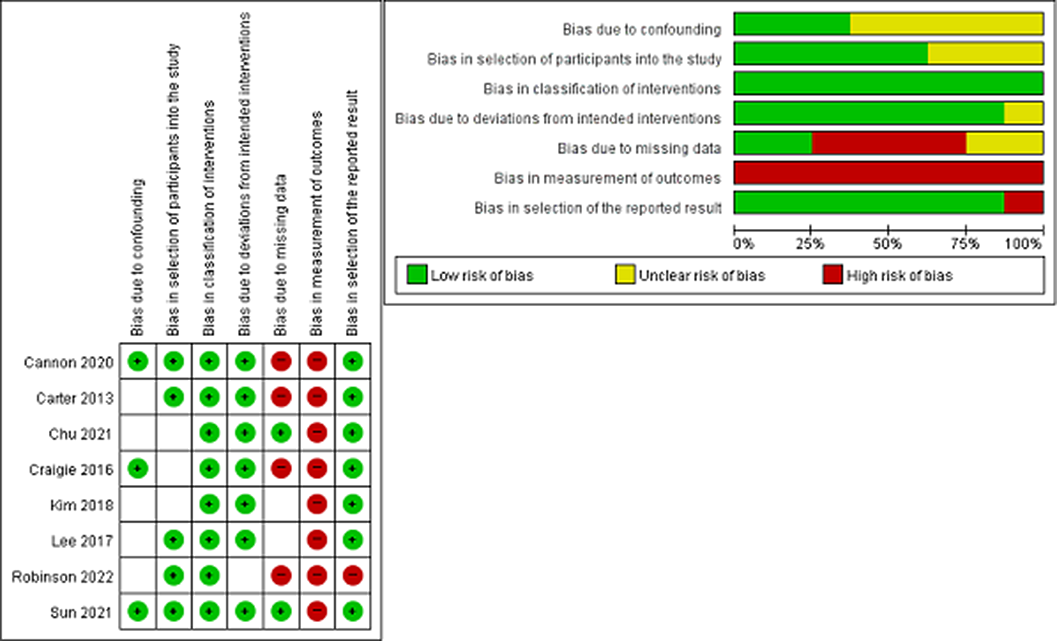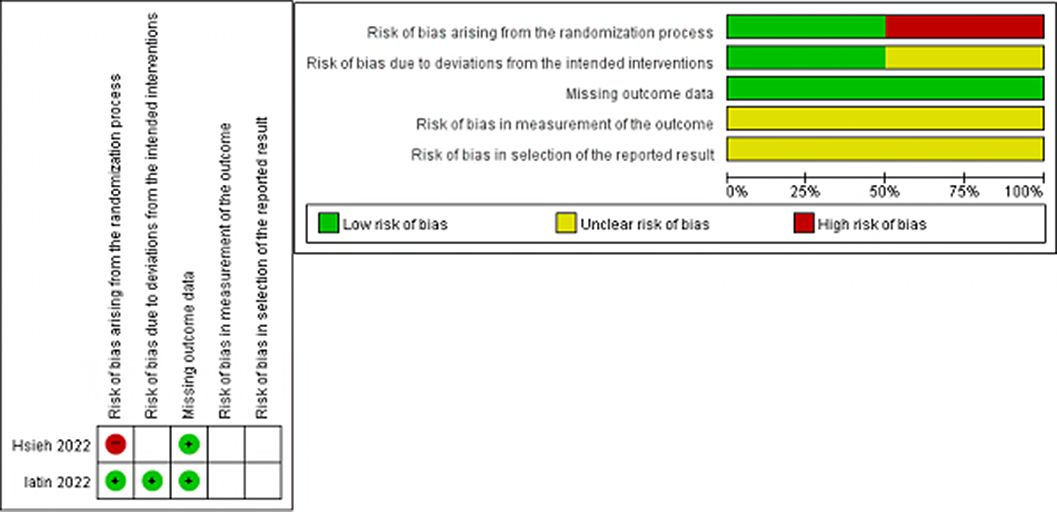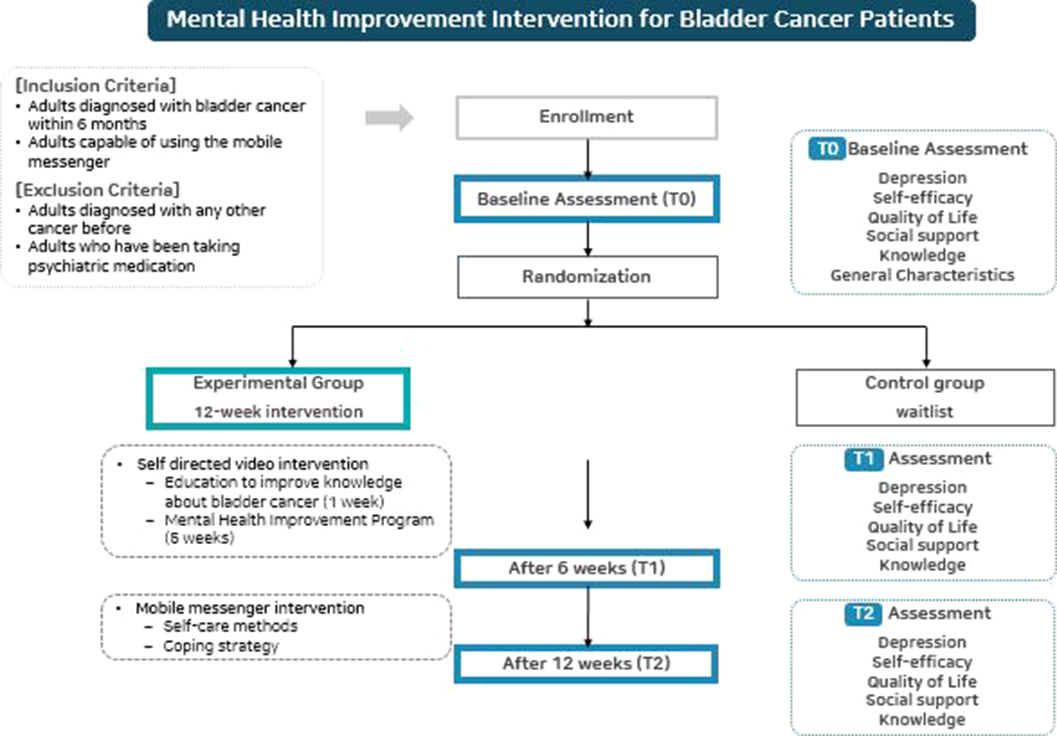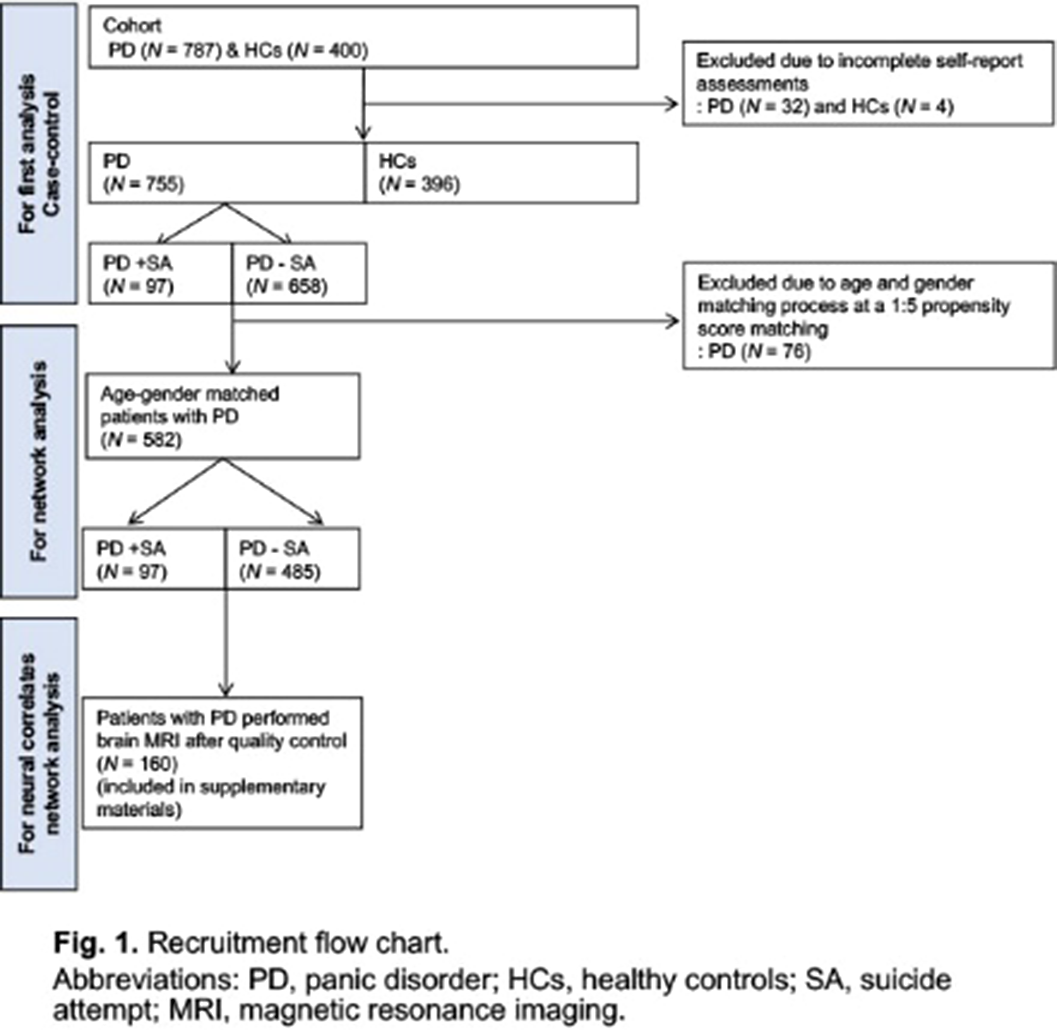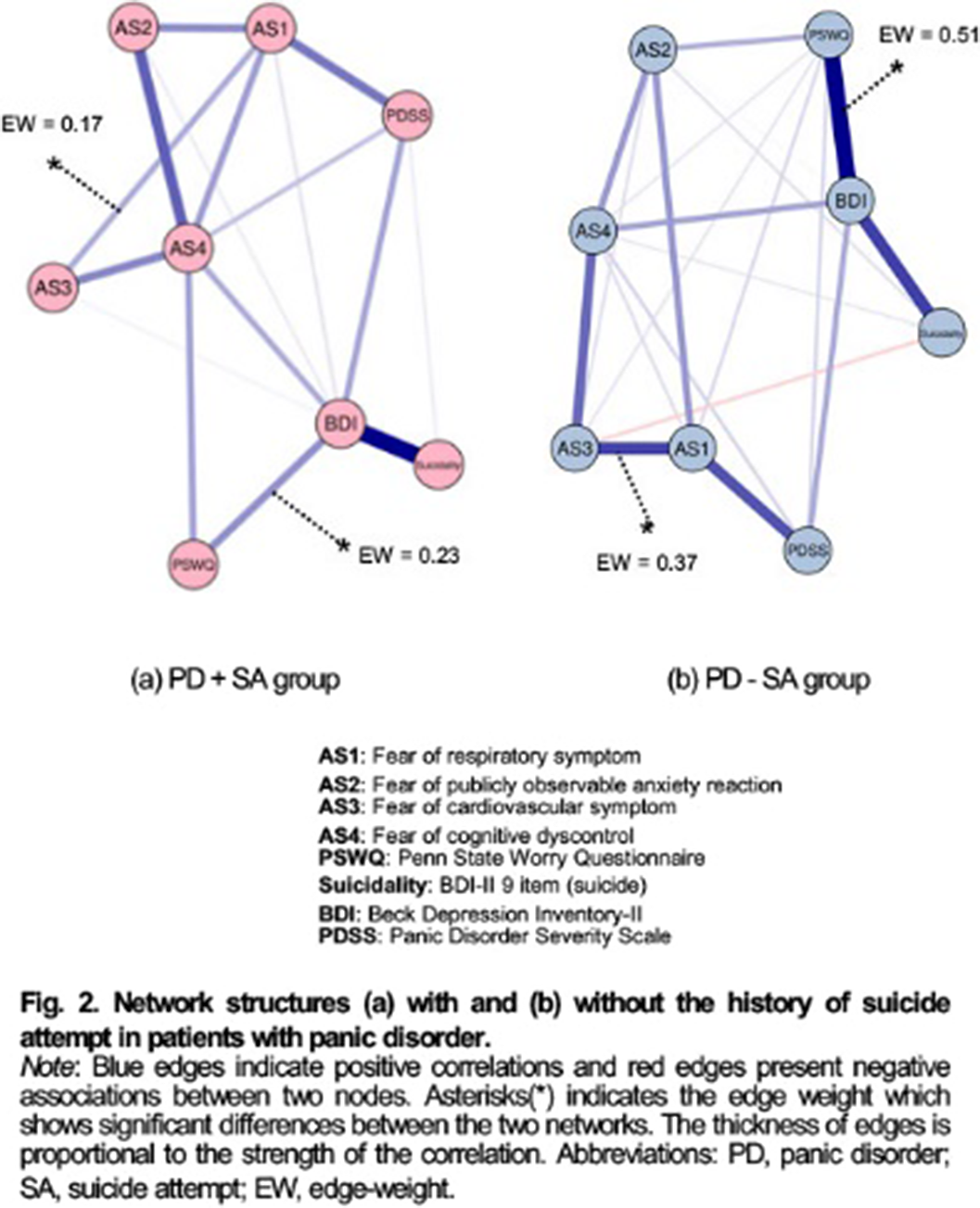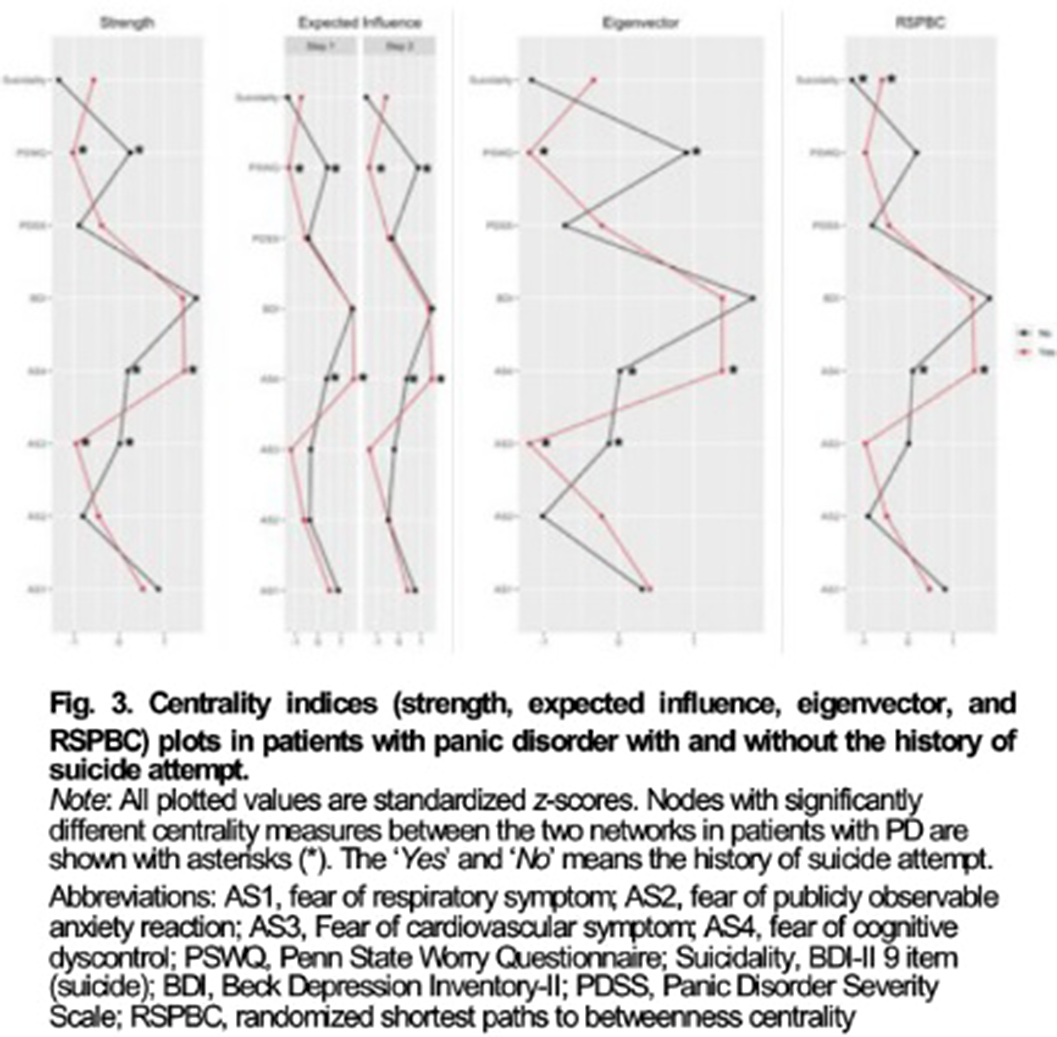352 results
A Study on the Disclosure of People with Mental Illness
-
- Journal:
- European Psychiatry / Volume 67 / Issue S1 / April 2024
- Published online by Cambridge University Press:
- 27 August 2024, p. S161
-
- Article
-
- You have access
- Open access
- Export citation
Suicide risk in patient with diabetes varies by the duration of diabetes: The Korea National Health and Nutrition Examination Survey
-
- Journal:
- European Psychiatry / Volume 67 / Issue S1 / April 2024
- Published online by Cambridge University Press:
- 27 August 2024, pp. S260-S261
-
- Article
-
- You have access
- Open access
- Export citation
Developing scale for affective response: anxiety, anger, depression
-
- Journal:
- European Psychiatry / Volume 67 / Issue S1 / April 2024
- Published online by Cambridge University Press:
- 27 August 2024, p. S527
-
- Article
-
- You have access
- Open access
- Export citation
Development and validation of the Illness Representation Interview (IRI)
-
- Journal:
- European Psychiatry / Volume 67 / Issue S1 / April 2024
- Published online by Cambridge University Press:
- 27 August 2024, pp. S97-S98
-
- Article
-
- You have access
- Open access
- Export citation
P.011 Efficacy and safety of ravulizumab in adults with AQP4+ NMOSD: interim analysis from the ongoing phase 3 CHAMPION-NMOSD trial
-
- Journal:
- Canadian Journal of Neurological Sciences / Volume 51 / Issue s1 / June 2024
- Published online by Cambridge University Press:
- 24 May 2024, p. S17
-
- Article
-
- You have access
- Export citation
B.6 Long-term risk of subsequent stroke after transient ischemic attack or minor stroke: a systematic review and meta-analysis
-
- Journal:
- Canadian Journal of Neurological Sciences / Volume 51 / Issue s1 / June 2024
- Published online by Cambridge University Press:
- 24 May 2024, p. S6
-
- Article
-
- You have access
- Export citation
Time-varying living arrangements and suicide death in the general population sample: 14-year causal survival analysis via pooled logistic regression
-
- Journal:
- Epidemiology and Psychiatric Sciences / Volume 33 / 2024
- Published online by Cambridge University Press:
- 23 May 2024, e30
-
- Article
-
- You have access
- Open access
- HTML
- Export citation
Mixed infections with Opisthorchis viverrini and intestinal flukes in residents of Vientiane Municipality and Saravane Province in Laos
-
- Journal:
- Journal of Helminthology / Volume 79 / Issue 3 / September 2005
- Published online by Cambridge University Press:
- 12 April 2024, pp. 283-289
-
- Article
- Export citation
The effect of intervention using an emotional recognition coaching companion robot on the elderly people with depression
-
- Journal:
- European Psychiatry / Volume 66 / Issue S1 / March 2023
- Published online by Cambridge University Press:
- 19 July 2023, pp. S79-S80
-
- Article
-
- You have access
- Open access
- Export citation
Self-compassion is associated with the superior longitudinal fasciculus in the mirroring network in healthy individuals
-
- Journal:
- European Psychiatry / Volume 66 / Issue S1 / March 2023
- Published online by Cambridge University Press:
- 19 July 2023, p. S550
-
- Article
-
- You have access
- Open access
- Export citation
Assessing possible moderators on the association between frequency of contact with non-cohabitating adult children and depressive symptoms among community-dwelling older adults
-
- Journal:
- European Psychiatry / Volume 66 / Issue S1 / March 2023
- Published online by Cambridge University Press:
- 19 July 2023, p. S222
-
- Article
-
- You have access
- Open access
- Export citation
A Systematic Review of the Effect of Post-traumatic Stress Disorder Programs for Nurses
-
- Journal:
- European Psychiatry / Volume 66 / Issue S1 / March 2023
- Published online by Cambridge University Press:
- 19 July 2023, pp. S977-S978
-
- Article
-
- You have access
- Open access
- Export citation
A mobile-based mental health improvement program for non-muscle invasive bladder cancer patients: Program development and feasibility protocol
-
- Journal:
- European Psychiatry / Volume 66 / Issue S1 / March 2023
- Published online by Cambridge University Press:
- 19 July 2023, pp. S362-S363
-
- Article
-
- You have access
- Open access
- Export citation
Suicide Attempts in Panic Disorder: Clinical Effects on Treatment Response and Link to Fear of Cognitive Dyscontrol
-
- Journal:
- European Psychiatry / Volume 66 / Issue S1 / March 2023
- Published online by Cambridge University Press:
- 19 July 2023, pp. S192-S193
-
- Article
-
- You have access
- Open access
- Export citation
Amisulpride Augmentation in Schizophrenia Patients with Poor Response to Olanzapine: A 4-week, Randomized, Rater-Blind, Controlled, Pilot Study
-
- Journal:
- European Psychiatry / Volume 66 / Issue S1 / March 2023
- Published online by Cambridge University Press:
- 19 July 2023, p. S1093
-
- Article
-
- You have access
- Open access
- Export citation
P.065 Comparison in outcomes by sex in acute ischemic stroke patients treated with alteplase versus tenecteplase: a subgroup analysis of AcT
-
- Journal:
- Canadian Journal of Neurological Sciences / Volume 50 / Issue s2 / June 2023
- Published online by Cambridge University Press:
- 05 June 2023, p. S76
-
- Article
-
- You have access
- Export citation
‘What does epistemic injustice add? A response to Grim and Aftab’
-
- Journal:
- Psychological Medicine / Volume 53 / Issue 12 / September 2023
- Published online by Cambridge University Press:
- 29 May 2023, pp. 5879-5881
-
- Article
-
- You have access
- HTML
- Export citation
Association between obsessive-compulsive disorder and the risk of schizophrenia using the Korean National Health Insurance Service-National Sample Cohort: a retrospective cohort study
-
- Journal:
- Epidemiology and Psychiatric Sciences / Volume 32 / 2023
- Published online by Cambridge University Press:
- 10 February 2023, e9
-
- Article
-
- You have access
- Open access
- HTML
- Export citation
Potential overestimation of cognitive impairment because of hearing loss: impact of test modalities on cognitive test scores
-
- Journal:
- The Journal of Laryngology & Otology / Volume 137 / Issue 8 / August 2023
- Published online by Cambridge University Press:
- 08 February 2023, pp. 845-850
- Print publication:
- August 2023
-
- Article
- Export citation
Epistemic injustice and the psychiatrist
-
- Journal:
- Psychological Medicine / Volume 53 / Issue 1 / January 2023
- Published online by Cambridge University Press:
- 05 January 2023, pp. 1-5
-
- Article
-
- You have access
- HTML
- Export citation

